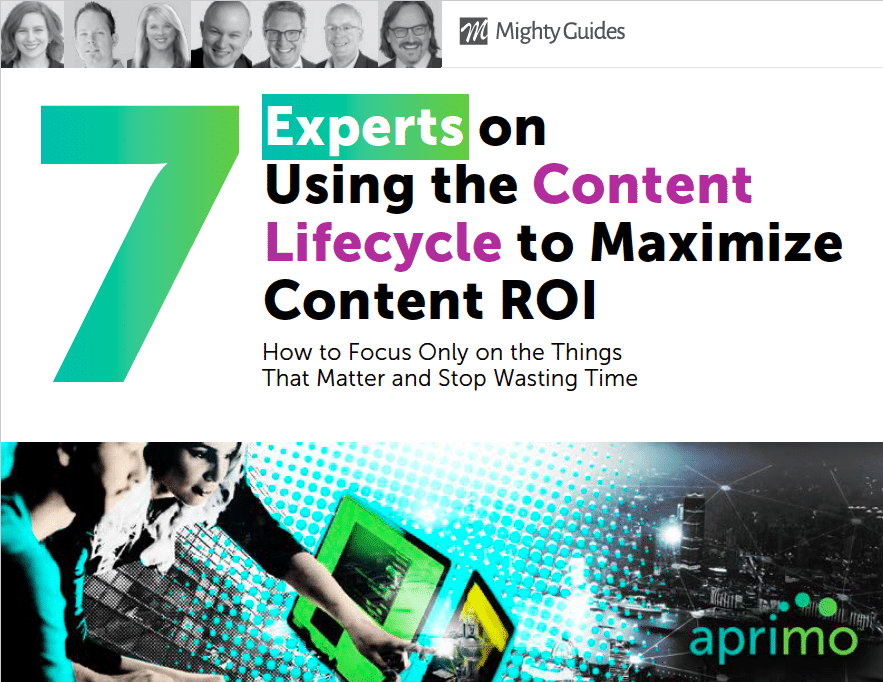 Noz Urbina, Founder & Omnichannel Content Strategist, Urbina Consulting
Noz Urbina, Founder & Omnichannel Content Strategist, Urbina Consulting“It is within this framework of a customer journey- its flesh and blood reality—that the best and most productive ideation occurs.”
Effective ideation requires standing in the shoes of the customer and understanding the emotional arc that is central to the customer’s journey. The customer’s journey in life is not a journey to buy your product. The customer’s journey is not the same thing as a sales funnel or a customer lifecycle. The customer may go on multiple journeys to solve a problem or achieve an end in their life.
To understand your customers’ key journeys, you must know what the customers need to do in their lives, what tasks and jobs they need to accomplish, and what their priorities are. It’s an extension
of persona building, but rather than building only a fixed picture of a buying archetype, you are building one or more movies of what the customers are doing in the market. Understanding the emotional content of their journeys is critically important to later prioritizing improvements, actions, and process updates to support the journey. Where in each journey are those emotional hotspots?
It is within this framework of a customer journey—its flesh and blood reality—that the best and most productive ideation occurs. There are tools that help in mapping journeys and capturing ideas that align your business value to value for your customers along their emotional arc, which includes where in a journey they are most receptive or most upset.
Customer journey ideation is a creative process built around understanding and serving customer needs. The days of going into a room all suited up and thinking up what you imagine are good content ideas are over. That’s not how modern marketers should work. The modern marketer is driven by analysis and research. People who come to a customer journey ideation session need to be informed by data as well as their own experience. They need to go through search logs, analytics, campaign reports, and third-party research, and they need to come to the customer journey ideation session
fresh with the latest market understanding.
Another important piece of the ideation phase is that you are not thinking about resources, constraints, or plans at this point. You are completely focused on the best thing for the customer, answering their questions, and addressing their needs about what the customer needs at each step, on any channel or in any format.



